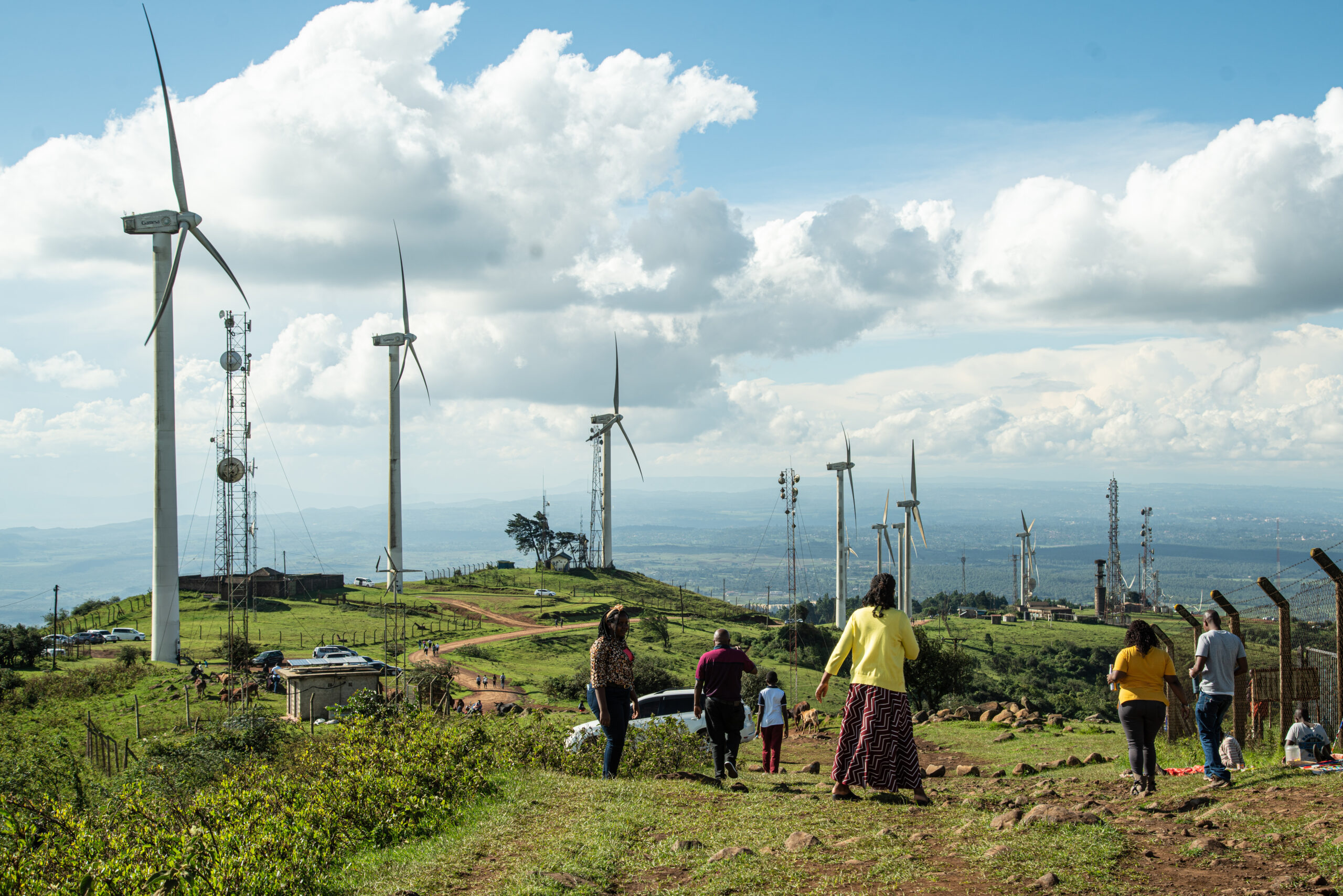Kenya energy transition faces infrastructure, funding challenges
Kenya’s energy transition pathway aims for net zero emissions by 2050 through renewable energy adoption. Experts noted challenges including lack of infrastructure and financing.

Kenya recently launched its Energy Transition and Investment Plan (ETIP) that provides a clear pathway for the attainment of the country’s climate ambition of net zero emissions by 2050 with opportunities for financing and investment.
Developed by the Kenya Ministry of Energy and Petroleum, with support from Sustainable Energy For All (SEforALL) and the United Nations, the plan aims to position Kenya to secure investment, drive new economic activities, and capture green growth opportunities in the evolving global landscape.
The guiding principles of the ETIP include environmental sustainability, energy system costs, economic impact, social implications, and security of supply, according to the plan. The main decarbonisation technologies that will anchor an orderly transition include renewable energy, green hydrogen, e-mobility, energy storage and clean cooking.
One of the objectives of the plan is to help Kenya frame an energy transition agenda that will attract investment, while at the same time ensuring a just transition and fully supporting the country’s rapid economic growth trajectory.
Kenya wants to replace fossil fuels through electrification; power provided by solar, wind, geothermal and potentially nuclear energy, in combination with energy storage and energy efficiency, which are expected to decrease overall CO2 emissions (a net zero scenario) based on the plan.
According to the plan: “Without further action, Kenya’s emissions from energy sector could rise from around 20 Mt CO2 e in 2021 to around 130 Mt in 2050. Under Business As Usual, the bulk of emissions growth will come from transport and industries, driven by population growth, GDP per capita growth, energy access and economic growth.”
Ambitious net zero target
Sammy Jamar, an energy transition analyst at analysis firm Stears, said the investment plan is indeed an ambitious target. He said the plan aims to transition Kenya to a net zero carbon economy by 2050 ahead of other countries such as Ghana, which is targeting 2060.
“By aligning with these trends through the net zero target, Kenya positions itself as an attractive destination for investors and donors, who are now largely directing their funds towards low-carbon assets. The net zero target also serves as a demonstration of Kenya’s commitment to combating climate change. This commitment is likely to attract further investment capital and donor support, as it reassures that the funds will be used for sustainable projects.”
Mike Arasa, a renewable energy expert at INENSUS, a Germany-based consulting and engineering company, said the plan outlines achieving a net zero target that is essential for securing investment capital and donor support, which is increasingly focused on low-carbon assets. He noted that as the global investment community is moving away from fossil assets, which are becoming more challenging to finance, a commitment to net zero emissions positions Kenya as an attractive destination for investment.
“This shift is critical as it aligns with the growing trend of financial support for sustainable and low-carbon projects, enabling Kenya to tap into significant investment and donor funds to combat climate change and promote sustainable development.”
Implementation plan positioned to secure investment
Kenya would need around $600 billion in capital investments, with most investments (90%) going to the power and transport sectors, according to the ETIP. The plan noted delivering these investments could drive new economic activity in the energy sector and beyond, potentially supporting an additional 500 thousand net new jobs by 2050 and beyond.
According to the plan, the set of clear next steps to drive the implementation of a pathway is underpinned by strong governance, a clear timeline and supportive policies. Kenya can further accelerate its economic development by capturing a number of green growth opportunities
Jamar noted that by setting a net zero target, Kenya is strategically positioning itself to secure investment capital and donor support, which is now predominantly directed towards low-carbon technologies. He said this target not only aligns with the global shift towards sustainable investments but also opens up new economic opportunities for Kenya in the global energy and technology markets.
“These opportunities present new growth sectors that can drive the country’s economic progress. Furthermore, a carefully managed transition towards this target will ensure Kenya’s energy independence. As domestic energy demand grows and the reliance on imports increases, this transition becomes crucial. It will result in Kenya becoming less dependent on foreign energy sources, thereby enhancing the country’s energy security and economic stability.”
Energy independence, domestic demand
Arasa highlights that a carefully managed transition is pivotal for securing Kenya’s energy independence, especially as domestic demand grows and imports increase. He said Kenya can ensure a sustainable and self-sufficient energy future by strategically managing the transition towards renewable energy sources and reducing reliance on imported fossil fuels.
“This approach aligns with global trends towards clean energy and positions Kenya to effectively manage its energy needs in the face of increasing domestic demand.”
Jamar also said the investment plan advocates for the diversification of energy sources, thereby reducing reliance on imported fossil fuels. He noted the plan emphasises harnessing Kenya’s abundant renewable energy resources such as solar, wind, and geothermal.
“The plan also encourages investment in renewable energy infrastructure. This is aimed at creating a self-sustaining energy system capable of meeting the growing domestic demand. In addition, the Energy Transition and Investment Plan underscores the importance of energy efficiency measures. These measures are designed to reduce the overall energy demand and further decrease dependence on imports.”
Challenges to net zero commitment
Jamar noted achieving this target will not be without challenges. He said some of the potential challenges will be balancing the growing energy demand with the supply of renewable energy. He said as the population and economy grow, so does the energy demand.
“Securing the necessary investment and financing for this transition can also be challenging. While the Kenya Energy Transition and Investment Plan aims to attract investment, the actual mobilisation of funds can be difficult. This is compounded by the need to implement the necessary policies and regulations to facilitate the transition.
“Additionally, the transition to a net zero carbon economy will demand advanced technologies. The development or acquisition of these technologies can pose yet another challenge given that Kenya relies on importing these technologies.”
Arasa noted that implementing effective policies and regulatory frameworks that support the net zero transition is critical. He said this involves creating incentives for clean energy investments, establishing clear guidelines for emissions reductions, and ensuring strong governance mechanisms are in place to guide the transition.
“Ensuring a just transition that addresses the needs of all Kenyans, particularly those who may be adversely affected by the shift away from fossil fuels, is vital. This includes considerations for energy access, affordability, and job transition support for workers in declining sectors.
“Global energy markets and international climate policy also influence Kenya’s transition. Navigating these external factors, including oil price volatility and international trade dynamics, will be crucial for maintaining energy security and economic stability.”



